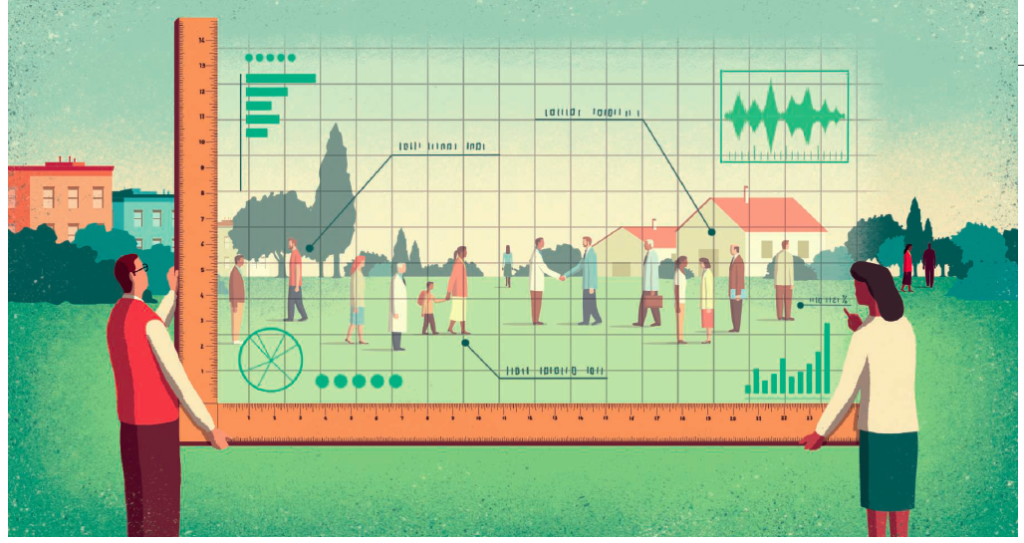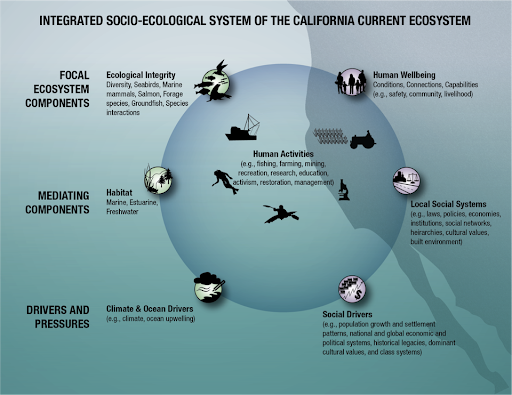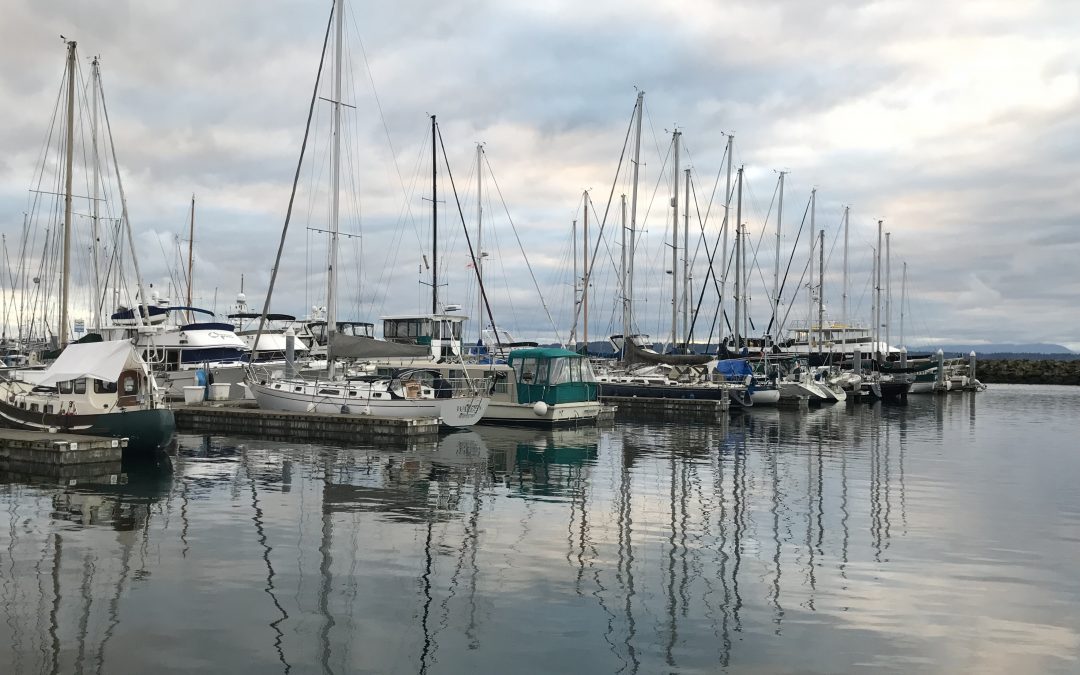Understanding human–sea interactions is crucial to developing equitable and sustainable management strategies. In recent years, resource managers and ecosystem scientists have sought to incorporate measures of socioeconomic conditions into their evaluation of coastal and marine systems. This momentum stems from a recognition that “our quest to achieve a healthy and sustainable environment utterly depends on understanding how human well-being is linked to the environment and impacted by our management of it,”1 emphasized Phil Levin, Professor of Practice at the University of Washington and Lead Scientist at The Nature Conservancy of Washington.
Social indicators can improve understanding of changing human conditions
One approach to understand human dimensions is the use of “social indicators.” Indicators are commonly used tools for measuring a system, which enable the public and decision-makers to measure and monitor changes and outcomes.
For many years, demographic indicators such as population growth and economic indicators such as number of jobs and economic earnings in fishing, tourism and related sectors have been used to help decision-makers plan for growth, and evaluate tradeoffs between ecological and economic objectives of sustainable management. However, social and cultural informations has been largely missing from these plans and evaluations. “For the most part, researchers and policymakers are trying to find things they can easily quantify,” said Arielle Levine, Associate Professor of Geography at San Diego State University. “Things that you can’t quantify easily—values, human agency, power, cultural context—often get lost in the process.”1 Including the full complexity of human dimensions through social well-being indicators is an important step for sustainable ecosystem management.

Washington Sea Grant partnered with NOAA Fisheries to address this need through a multi-year initiative called “SWIMM” or social well-being indicators for marine management. The team, led by then postdoc Sara Breslow, convened a group of 16 environmental social scientists from diverse disciplines. “We are unique, the only group I know of that consists almost entirely of environmental social scientists working on applied environmental science,”2 said Breslow now the Social Science and Incubator Lead of UW EarthLab. Focusing on the case of California Current Integrated Ecosystem Assessment (IEA), the SWIMM group defined human well-being, identified the most relevant social indicators and developed a protocol for selecting indicators.

What do we hope to protect for people’s quality of life and well-being?
“For decades we viewed people and nature as separate and we managed nature by excluding people,” said Phil Levin. “We now know that is a flawed perspective. Nature and people are intertwined.”2 To develop good proxies and measures of human well-being, requires first defining goals and objectives of the management context, in this case, social-ecological systems. “Human well-being is a state of being with others and the environment, which arises when human needs are met, when individuals and communities can act meaningfully to pursue their goals, and when individuals and communities enjoy a satisfactory quality of life.” (see the full publication in Environmental Science and Policy, Breslow et al 2016)

With ecosystem goals identified, indicators can be designed to help set operational objectives for marine management. That is, what do we hope to protect or restore for people’s quality of life and well-being? For example, the Puget Sound Partnership has developed its Vital Signs, for recovery of Puget Sound. The human well-being vital signs, or targets, are to restore the ecosystem so that regional populations can enjoy safe shellfish beds, access to local harvestable foods, clean water, a sense of place and good governance, among other goals.
Another way that human well-being indicators are used is to assess the ecosystem (which includes people!) The Washington Marine Spatial Plan, for example, required that socioeconomic information be used in an integrated ecosystem assessment. To meet this need, Washington Sea Grant social scientists developed a suite of social indicators and assessed changes in Washington’s coastal counties between 2000-2013. These indicators can show where communities might be most vulnerability to environmental or policy changes. They can also be used to help identify priority areas for investing in community resilience and adaptation.
“Understanding how people rely on, relate to and shape their environment is critical to creating more informed and sustainable environmental policies,” Arielle Levine said. “Interdisciplinary collaborations that assess how these policies influence both people and nature are an important step toward meeting global sustainability goals.”1 To learn more, see the SWIMM publication “Engage Key Social Concepts for Sustainability” in Science.
So how do we know which data and indicators to use and why? In Part II of this forthcoming series on human well-being indicators, we discuss an array of information that can contribute to a more comprehensive understanding of the human dimensions of marine systems.
Footnotes:
1.Originally quoted in San Diego State University News, “Sustainability’s Social Core” April 1, 2016.
2.Originally quoted in University of Washington News, “To be sustainable, conservation needs the human factor,” April 1, 2016.





I wanted to thank you for this wonderful read!!
I definitely enjoyed every bit of it. I have got
you book-marked to look at new stuff you post…
Thank you, Leonard! We’re happy the hear your positive experience.